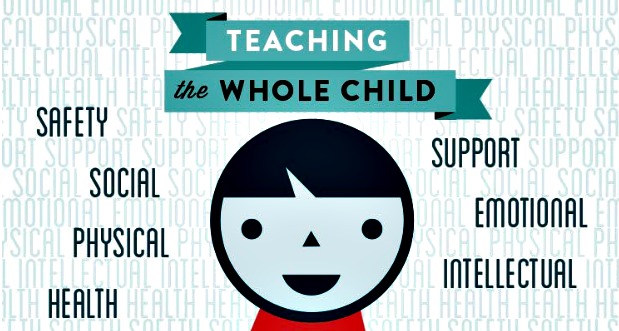I want to start off by explaining that I am not a teacher, but my experience working at schools and closely with families has allowed me to put things in perspective.
Right out of college, I landed my first job as an office associate at an amazing public charter school in Los Angeles. Every single day I witnessed the hard work and dedication that the teachers brought to their classrooms. Let me tell you, I knew there was a lot of special things happening on that campus because I had experienced public schools in a similar community just six miles away, and it was like night and day.
Students were learning at levels I could have never imagined in the 2nd grade. The school was serving families who looked like my family, mothers who reminded me of my own mother and students who reminded me of me. The biggest difference was that this school was providing high quality education, and every teacher and staff member believed that all students could learn.
I could sit here and talk about how amazing that school was (because it really was and still is), but that is not the point I want to make today.
My biggest lesson learned and take away from working in this special school and with students and families in an under-resourced community is that no matter how amazing our schools can be or how dedicated teachers are and how much they believe that ALL children can learn, we need to understand every child’s life at home in order to teach him or her as best as possible. I was fortunate enough to see a school where teachers built relationships with families and students to the extent that there was community and trust.
I remember a first grade student came into my office because his stomach hurt one morning and he had tried everything. He drank water, rested, tried using the bathroom before coming to the front office. I asked if he had eaten breakfast, and his answer was no. So I gave him leftover breakfast that we’d served earlier that morning. As soon as he ate, he felt better immediately.
This child didn’t understand that the pain he was feeling was HUNGER. I asked him why he didn’t have breakfast, and he said that his parents didn’t have enough money that week to go to the grocery store. Can you imagine a five or six year old explaining that there was not enough money that week to put food on the table?
Many times we don’t think about our students’ lives at home because we don’t ask or because students and families don’t share. But when we choose to work in schools in underserved communities we HAVE to take their reality, like hunger, into consideration when teaching them.
I’ve learned that everything is interconnected when educating students of color. In these same communities where hunger, homelessness, unemployment, gentrification, immigration are all issues that students have to face every day, for many of them, school is their sanctuary. If a child is experiencing any of these things without the adequate support, his/her ability to come to school and fully focus on education is very slim.
I encourage schools and organizations to see each student as the whole child with real lives with families that may be struggling. I also push for districts, schools and charter management organizations to allocate funds to provide help and resources to families in need. It is not okay to teach a hungry child.
Melissa Salgado
Latest posts by Melissa Salgado (see all)
- Fundadores Latinos Son Importantes: Joel Portillo Comienza Una Nueva Escuela KIPP Preparatoria en el Área de la Bahía - November 7, 2019
- Latino Founders Are Important: Joel Portillo Starts New KIPP Bay Area High School - October 23, 2019
- Cómo Construir una Cultura de Colaboración Entre Padres y Escuelas - August 13, 2019
- How to Build a Collaborative Culture Between Parents and Schools - August 8, 2019
- Seleccionando la Escuela Preparatoria Correcta: Consejos de Una Consejera de Colocación, de Escuela Preparatoria - July 11, 2019

